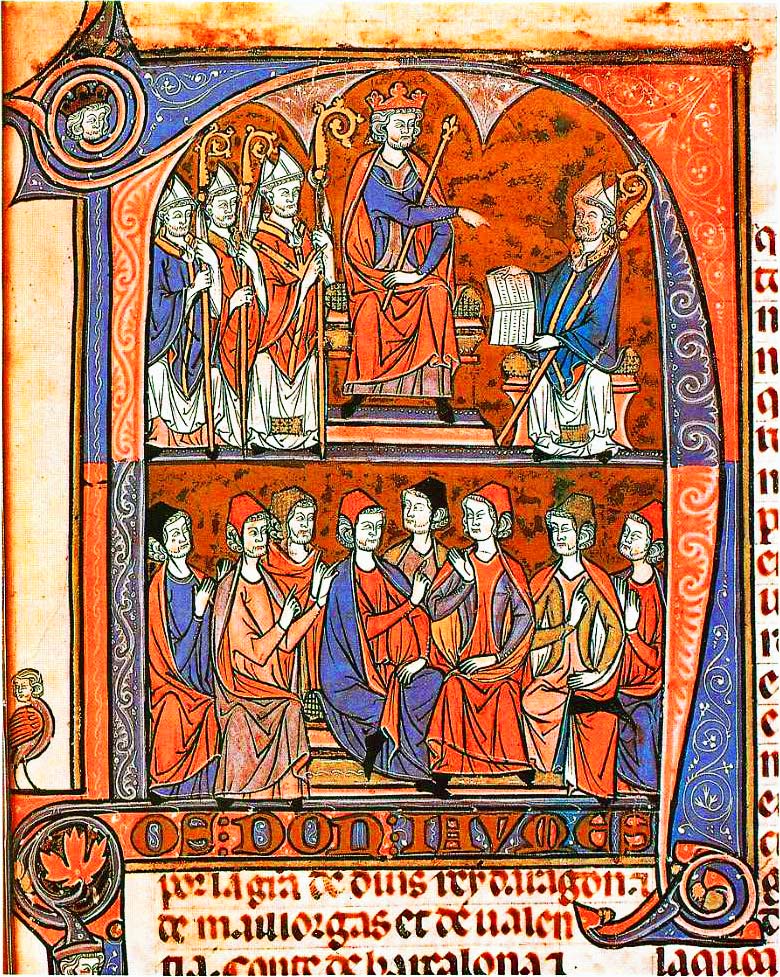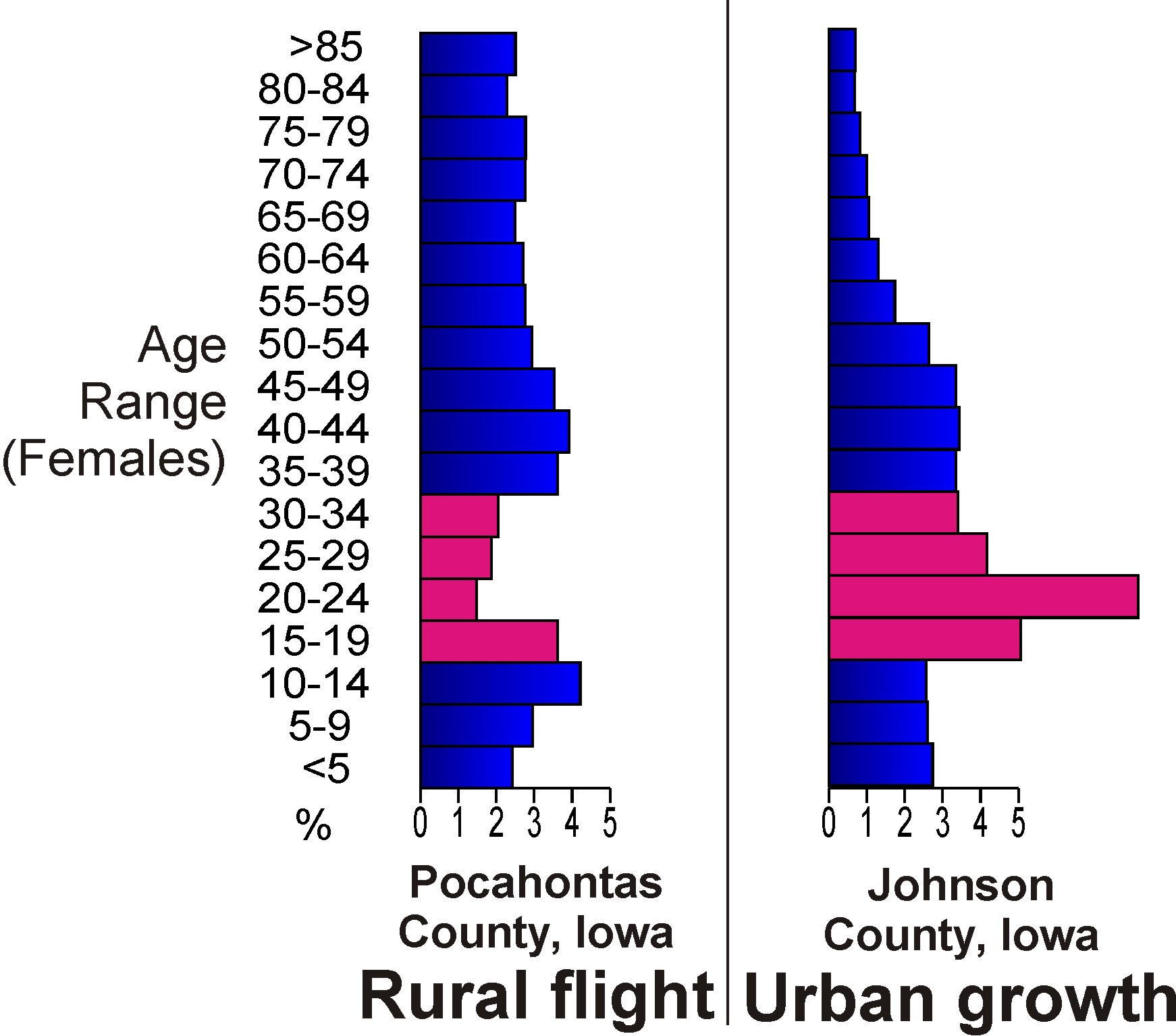|
Madrigal De Las Altas Torres
Madrigal de las Altas Torres (in English: Madrigal of the high towers) is a Municipalities of Spain, municipality of Spain located in the province of Ávila, autonomous community of Castile and León. Displaying a total area of 106.80 km2, the municipality has, as of 2019, a registered population of 1,415. The municipality is located in the northernmost end of the province of Ávila, near the provinces of Province of Salamanca, Salamanca and Province of Valladolid, Valladolid. The toponym is recorded earliest in the middle ages as and ''Madrigal'', whilst the second part of the current placename is a late modern addition. Hitherto a hamlet of the land of Arévalo, Spain, Arévalo, Madrigal earned a ''fuero'' in 1017 (ratified in 1168), becoming closely linked to the affairs of the House of Trastámara in the late middle ages. The town was encircled by walls in the Middle Ages (following a near-circular outline). Today some parts of the walls are still preserved, most notably the ... [...More Info...] [...Related Items...] OR: [Wikipedia] [Google] [Baidu] |
Municipalities Of Spain
The municipality ( es, municipio, , ca, municipi, gl, concello, eu, udalerria, ast, conceyu)In other languages of Spain: * Catalan/Valencian (), sing. ''municipi''. * Galician () or (), sing. ''municipio''/''bisbarra''. *Basque (), sing. ''udalerria''. * Asturian (), sing. ''conceyu''. is the basic local administrative division in Spain together with the province. Organisation Each municipality forms part of a province which in turn forms part or the whole of an autonomous community (17 in total plus Ceuta and Melilla): some autonomous communities also group municipalities into entities known as ''comarcas'' (districts) or ''mancomunidades'' (commonwealths). There are a total of 8,131 municipalities in Spain, including the autonomous cities of Ceuta and Melilla. In the Principality of Asturias, municipalities are officially named ''concejos'' (councils). The average population of a municipality is about 5,300, but this figure masks a huge range: the most populo ... [...More Info...] [...Related Items...] OR: [Wikipedia] [Google] [Baidu] |
Fuero
(), (), () or () is a Spanish legal term and concept. The word comes from Latin , an open space used as a market, tribunal and meeting place. The same Latin root is the origin of the French terms and , and the Portuguese terms and ; all of these words have related, but somewhat different meanings. The Spanish term has a wide range of meanings, depending upon its context. It has meant a compilation of laws, especially a local or regional one; a set of laws specific to an identified class or estate (for example , comparable to a military code of justice, or , specific to the Roman Catholic Church). In many of these senses, its equivalent in medieval England would be the custumal. In the 20th century, Francisco Franco's regime used the term for several of the fundamental laws. The term implied these were not constitutions subject to debate and change by a sovereign people, but orders from the only legitimate source of authority, as in feudal times. Characteristics ' ... [...More Info...] [...Related Items...] OR: [Wikipedia] [Google] [Baidu] |
Isabella I Of Castile
Isabella I ( es, Isabel I; 22 April 1451 – 26 November 1504), also called Isabella the Catholic (Spanish: ''la Católica''), was Queen of Castile from 1474 until her death in 1504, as well as List of Aragonese royal consorts, Queen consort of Aragon from 1479 until 1504 by virtue of her marriage to King Ferdinand II of Aragon. Reigning together over a Dynastic union, dynastically unified Spain, Isabella and Ferdinand are known as the Catholic Monarchs of Spain, Catholic Monarchs. After a struggle to claim the throne, Isabella reorganized the governmental system, brought the crime rate to the lowest it had been in years, and unburdened the kingdom of the enormous debt her half-brother Henry IV of Castile, King Henry IV had left behind. Isabella's marriage to Ferdinand in 1469 created the basis of the ''de facto'' unification of Spain. Her reforms and those she made with her husband had an influence that extended well beyond the borders of their united kingdoms. Isabella I of ... [...More Info...] [...Related Items...] OR: [Wikipedia] [Google] [Baidu] |
Alonso Tostado
Alonso Tostado (also ''Al(f)onso Fernández de Madrigal'', variously known as ''Alphonsus Tostatus'', ''Tostatus Abulensis'', and in Spanish as ''El Tostado'' or ''El Abulense''; ca. 1410His year of birth is unknown; it is often estimated as c. 1410, or in some publications as c. 1400–1410; Retratos de Españoles ilustres', Madrid (1791) gives 1415. – 3 September 1455) was a Spanish theologian, councillor of John II of Castile and briefly bishop of Ávila. His epitaph stated "Wonder of earth, all men ''can'' know he scanned." A leading scholar of his generation, he is particularly known as an early theorist on witchcraft; in his ''De maleficis mulieribus, quae vulgariter dicuntur bruxas'' (1440) he defended the possibility of flying witches based on biblical exegesis. Life Alonso's father, also called Alonso Tostado, was a ploughman. The nickname '' Tostado'' refers to a ploughman's tanned or sunburnt complexion. After a course of grammar under the Franciscans he ... [...More Info...] [...Related Items...] OR: [Wikipedia] [Google] [Baidu] |
Vasco De Quiroga
Vasco de Quiroga (1470/78 – 14 March 1565) was the first bishop of Michoacán, Mexico, and one of the judges (''oidores'') in the second Real Audiencia of Mexico – the high court that governed New Spain – from January 10, 1531, to April 16, 1535. Coming from a background as a lawyer and a judge he was appointed to be a judge in the second Audiencia after the first Audiencia's failure. As an ''oídor'' he took a strong interest in restoring order to the Michoacán area which had been ravaged by rebellions and unrest. He employed a strategy of congregating indigenous populations into congregated Hospital-towns called ''Republicas de Indios'', organized after principles derived from Thomas More's ''Utopia''. The purpose of this policy was to teach the Indians a trade and to instruct them in Christian values and lifestyles. He established multiple such hospitals: Santa Fé de México close to the town of Tacubaya in the Valley of Mexico, and Santa Fé de la Laguna close to Pátz ... [...More Info...] [...Related Items...] OR: [Wikipedia] [Google] [Baidu] |
Cadena COPE
COPE, an acronym for Cadena de Ondas Populares Españolas ("People's Radiowaves of Spain Network") formerly called Radio Popular, is a Spanish language radio station. It is the second most listened to in Spain's generalist radio. Owned by the Spanish Episcopal Conference company "Radio Popular SA", belongs to the "Group COPE" with music stations Cadena 100, Rock FM and Megastar FM, in addition to Spain's generalist TV channel Trece. The station is associated with Spain's journal ''Diario ABC''. Created with the aim of offering religious services, since the 1980s its programming has evolved into the model of conventional general radio, while maintaining programs with religious content, such as ''El Espejo'' (The Mirror) of José Luis Restán and ''La linterna de la Iglesia'' (The Lantern of the Church) of Faustino Catalina, especially on Sundays in the day when Holy Mass and special dates News Church and Catholic liturgical calendar as Christmas and Easter is issued. Its editorial ... [...More Info...] [...Related Items...] OR: [Wikipedia] [Google] [Baidu] |
Bien De Interés Cultural
A Bien de Interés Cultural is a category of the heritage register in Spain. The term is also used in Venezuela and other Spanish-speaking countries. The term literally means a "good of cultural interest" ("goods" in the economic sense) and includes not only material heritage (cultural property), like monuments or movable works of art, but also intangible cultural heritage, such as the Silbo Gomero language. Some ''bienes'' enjoy international protection as World Heritage Sites or Masterpieces of the Oral and Intangible Heritage of Humanity. History In Spain, the category of ''Bien de Interés Cultural'' dates from 1985 when it replaced the former heritage category of '' Monumento nacional ''(national monument) in order to extend protection to a wider range of cultural property. The category has been translated as "Cultural Interest Asset". ''Monumentos'' are now identified as one of the sub-categories of ''Bien de Interés Cultural.'' Sub-categories The movable heritage d ... [...More Info...] [...Related Items...] OR: [Wikipedia] [Google] [Baidu] |
Junta Of Castile And León
The Junta of Castile and León ( es, Junta de Castilla y León; JCyL) is the governing and administrative body of the Spanish autonomous community eu, autonomia erkidegoa ca, comunitat autònoma gl, comunidade autónoma oc, comunautat autonòma an, comunidat autonoma ast, comunidá autónoma , alt_name = , map = , category = Autonomous administra ... of Castile and León and serves as the executive branch and regulatory authority. It comprises the President of the Junta of Castile and León, President of the Junta, the vice-presidents and the ministers (''consejeros''). The function of the Junta is to govern and administer the autonomous community. The President and the seat of government The President of the Council is the ultimate representative of the community. The president directs the actions of the Junta of Castile and León and plays a coordinating role among Council members. The seat of the presidency is at the School of th ... [...More Info...] [...Related Items...] OR: [Wikipedia] [Google] [Baidu] |
Rural Flight
Rural flight (or rural exodus) is the migratory pattern of peoples from rural areas into urban areas. It is urbanization seen from the rural perspective. In industrializing economies like Britain in the eighteenth century or East Asia in the twentieth century, it can occur following the industrialization of primary industries such as agriculture, mining, fishing, and forestry—when fewer people are needed to bring the same amount of output to market—and related secondary industries (refining and processing) are consolidated. Rural exodus can also follow an ecological or human-caused catastrophe such as a famine or resource depletion. These are examples of push factors. The same phenomenon can also be brought about simply because of higher wages and educational access available in urban areas; examples of pull factors. Once rural populations fall below a critical mass, the population is too small to support certain businesses, which then also leave or close, in a v ... [...More Info...] [...Related Items...] OR: [Wikipedia] [Google] [Baidu] |
House Of Trastámara
The House of Trastámara (Spanish, Aragonese and Catalan: Casa de Trastámara) was a royal dynasty which first ruled in the Crown of Castile and then expanded to the Crown of Aragon in the late middle ages to the early modern period. They were an illegitimate cadet line of the House of Burgundy who acceded to power in Castile in 1369 as a result of the victory of Henry of Trastámara over his half-brother Peter I in the 1351–1369 Castilian Civil War, in which the nobility, and, to a lesser extent, the clergy had played a decisive role in favour of the former. The resulting dynastic change saw a radicalization of the antisemitic sentiment in Castile, converging religious doctrinal anti-Judaism, aristocratic political antisemitism, and popular antisemitism exacerbated by the ongoing economic and social crisis, which had its climax in the 1391 pogroms. After the succession crisis induced in the neighbouring Crown of Aragon by the death of Martin of Aragon without a legitimate ... [...More Info...] [...Related Items...] OR: [Wikipedia] [Google] [Baidu] |
Spain
, image_flag = Bandera de España.svg , image_coat = Escudo de España (mazonado).svg , national_motto = ''Plus ultra'' (Latin)(English: "Further Beyond") , national_anthem = (English: "Royal March") , image_map = , map_caption = , image_map2 = , capital = Madrid , coordinates = , largest_city = Madrid , languages_type = Official language , languages = Spanish language, Spanish , ethnic_groups = , ethnic_groups_year = , ethnic_groups_ref = , religion = , religion_ref = , religion_year = 2020 , demonym = , government_type = Unitary state, Unitary Parliamentary system, parliamentary constitutional monarchy , leader_title1 = Monarchy of Spain, Monarch , leader_name1 = Felipe VI , leader_title2 = Prime Minister of Spain ... [...More Info...] [...Related Items...] OR: [Wikipedia] [Google] [Baidu] |




